我们怀着谦虚和恭敬,以合作共赢的意愿,携手与您共同发展,创造业界新的辉煌
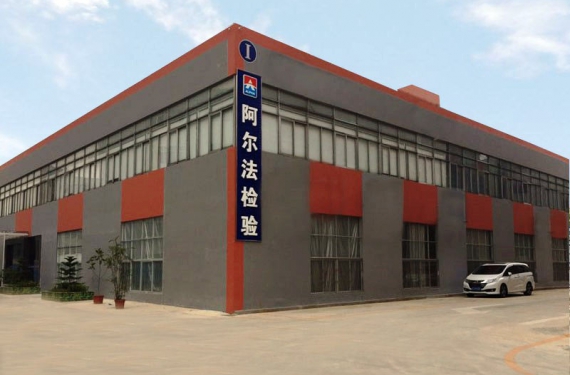
ALPHA成立于2005年,总部位于深圳。服务网络遍及珠三角及长三角的大型综合性检测机构,分别在包括深圳在内的广东、浙江、江苏等地区设立多个分支机构,并在台湾、香港、美国、英国、新加坡等地设立了海外办事机构。
公司已建成包括 EMC、RF、SAFETY 和理化环境在内的多个实验室,配备来自瑞士 SCHAFFNER、德国 R&S、美国、AGILENT、FLUKE、TEKTRONIX 等世界一流仪器厂商的测试设备和仪器,尤其在无线射频和电信终端类产品(RF/Telecom)等有绝对的技术优势。
实验室依靠专业的技术团队,采用全电子化的管理系统,并始终坚持以ISO17025检测实验室的质量体系为指导,分别取得了国外机构的授权和认可,凭借ALPHA丰富的检测认证经验,已成功为过万家客户取得CB、UL、TUV、GS、CCC、E-mark、NCC、KC、CU-TR、RCM、BQB、CE、FCC、ROHS等多国认证证书。
于ALPHA的服务网络和深厚的服务能力,每年可提供超1万件样品检测服务。公司自成立以来,本着“公正、科学、准确、高效、满意”的质量方针和“品牌、质量、效率至上”的服务理念,服务与全球各地区生产及贸易型企业。作为国际化、多元化的专业检测认证机构,ALPHA有自我超越的勇气,立志成为具有社会使命感的行业领跑者。

欧盟无障碍指令 2025年6月28日,欧盟无障碍指令(EU)2019/882将强制实施! 作为全球1.2亿残障人士平等参与数字社会的关键保障,该指令覆盖消费电子、金融服务、交通运输等12大领域,未...
2025年3月5日,深圳阿尔法商品检验有限公司顺利通过CNAS认可的能力验证提供者(工业和信息化部电子第五研究所)组织的“CEPREI-SMA-S25016 软件信息安全性测试测量审核,验证结果...
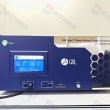
基于欧盟RED-通用充电修订指令的背景下,ALPHA “网络安全与通信实验室” 引进了EN62680标准的检测认证实验室设备,这标志着其在确保电子产品USB接口兼容性和性能方面迈入了新的阶段。未来AL...
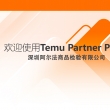
ALPHA成功入驻TEMU 并被正式指定为该平台的检测认证合规服务商 不仅预示着ALPHA在电商版图的深度拓展,更为Temu平台上的商家引入了更为专业、高效且符合规范的检测与认证服...

8月,在这个充满温情与希望的季节里,深圳阿尔法商品检验有限公司总经理兼任深圳市产品检测行业协会秘书长,朱海波先生参与...

我要礼物搜索 上个月你们抽奖了吗?没来得及签单抽奖没关系!因为我们本月还有很多大礼要送出去!每位与我们合作过的客户都会获得积分!积分是什么?积分就是可以兑换很多好礼的积分啊! ...
根据《深圳市科技创新券实施办法(试行)》、《深圳市科技计划项目管理办法》有关规定,市科技创新委员会拟对2017年第一批1525家科技创新券申请单位发放创新券,请大家自行查阅是否在该名单中 ...
5月1日—5月31日 ALPHA奉上会员下单送双倍积分 及超值积分兑换活动。 只为 “好礼享给你” 其实,五月的下单返双倍积分活动...
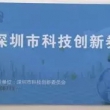
福利来了 做检测认证的费用可以报销了? 阿尔法商品检验(ALPHA)做为深圳市科技创新券服务机构入库名单,很负责任的告诉你:是的,你没看错!深圳企业向科技创新委员会申请取得...
2025年6月3日,欧盟发布了REACH修订法规(EU)2025/1090,在REACH附件XVII中新增了第80条和第81条,分别对N,N-二甲基乙酰胺(DMAC)和1-乙基吡咯烷-2-酮(N...
官方原文: 为助力企业高效破局,ALPHA为企业提供从标准解读、产品整改到认证申报的全链条服务。若您希望深入了...
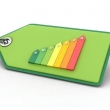
届时,所有未达到新标准要求的产品将被禁止在欧盟市场销售或投入使用。不过,对于在强制实施日期前已合法进入市场(含仍处于供应链流转中的产品)或已...
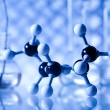
2025年1月21日,欧洲化学品管理局(ECHA)正式对外公布了最新一批次的5项高度关注物质(SVHC),此举标志着SVHC清单中的物质总数增...

▶欧代:即欧盟授权代表,也被称为欧洲代表。 ▶英国UKCA认证:UCKA认证也是英国的强制认证,是产品进入英国市场的必要条件,与之前的CE认证具有相似的重要性。 ▶欧盟CE认证...
LED灯以其能耗低、寿命长、安全性高等特点,在圣诞装饰中越来越受到欢迎。经过UL认证的LED灯串,不仅提供了耀眼的灯光效果,更在电路和接线安全...
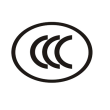
01CQC发布强制性产品认证(CCC)实施调整公告 自2025年5月6日起,针对移动电源(类别代码0914)及锂离子电池、电池组(类别代码0915)的CCC...
2025年1月30日,欧盟委员会通过《欧盟官方公报》(OJEU)发布了编号为(EU) 2025/138的决策文件,正式将EN 18031-1、...
2022年4月8日,标准EN IEC 60598-1:2021/A11:2022《灯具 第1部分:一般要求与试验》正式发布。 ...
2025年1月21日,欧洲化学品管理局(ECHA)正式对外公布了最新一批次的5项高度关注物质(SVHC),此举标志着SVHC清单中的物质总数增至247项。此次新增的5项高度关注物质的具体信息如下...

2022年4月8日,标准EN IEC 60598-1:2021/A11:2022《灯具 第1部分:一般要求与试验》正式发布。 该标准针对使用电光源且电源电压不超过1000V的灯具,明确了...
GB 44702-2024标准 2024年9月29日,国家市场监督管理总局及国家标准化管理委员会发布了GB 44702-2024标准,该...
有这么一个小东西 生活中随处可见 十分重要 尤其是旅行中你一定会带上 那就是 ↓↓↓ 电源适配器 电源适配器又叫外置电源,是...
你是耳机控吗? 手插裤兜 头戴耳机 走在路上都感觉hin拉轰 随着可携式电子装置的盛行 耳机多用于手机、随身听、收音机、可携式电玩 ...
随着9月份开学季的临近, 学生用品市场迎来销售旺季。 那么,这些与儿童健康息息相关的产品 质量到底如何呢? 10批次抽查不合格 近日,宁波...
说起辐射,想必你并不陌生。晒太阳时,有紫外线辐射;用微波炉,有电磁辐射;做医学检查,有X光、CT辐射…… 看不见摸不着的辐射与我们生活息息相关,却常常引起很多人恐慌。环...
近日,ALPHA安规部副总监及市场部的同事专家一行到深圳市涵旺塑胶电子有限公司,进行技术交流及产品安全培训。涵旺企业同事在认真听讲 ALPHA专家在围绕产品的安全和各国对产...
可以自动清扫 自动充电的扫地机器人一经问世 就吸引了众多 “懒人”的眼球 并纷纷争相购买试用 统计数据显示,从2010年之后,国内扫地机器人市场...

手机官网
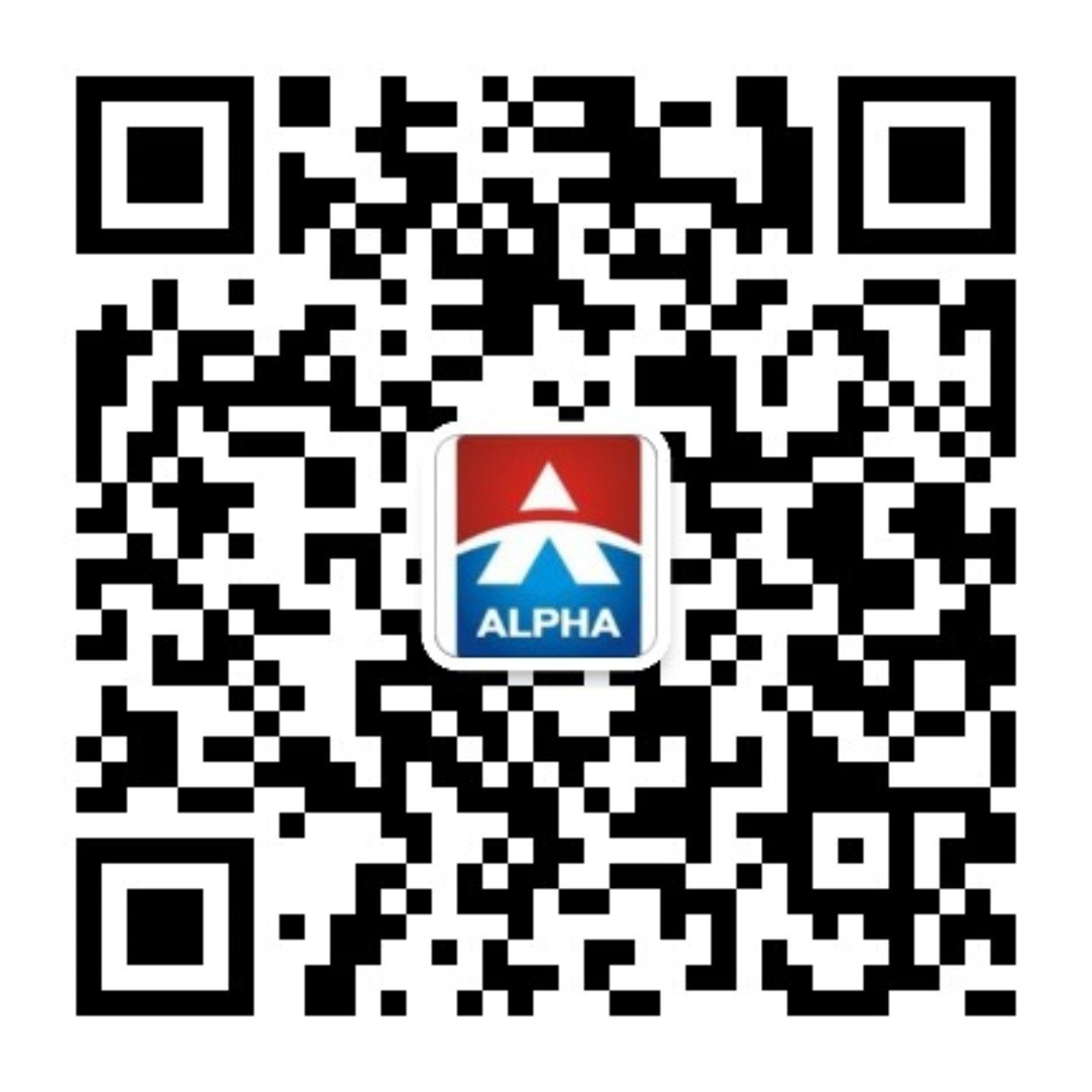
微信公众号